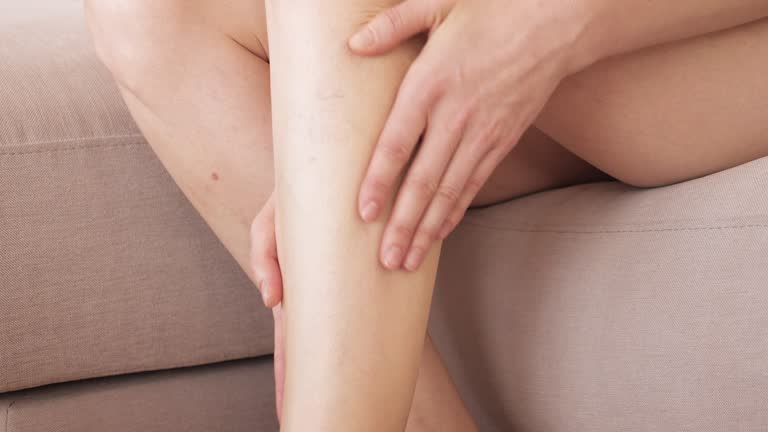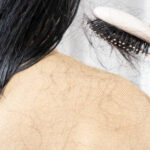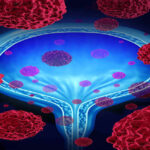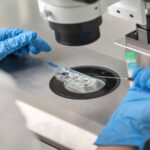If left untreated, varicose veins may cause blood clots and skin ulcers, which may complicate your general health. Depending on how severe your symptoms are, a medical professional may suggest different types of remedies. Here are four varicose vein treatment options:
Sclerotherapy
During this procedure, a healthcare provider injects a sclerosant into the affected vein and allows it to absorb the solution. This medication irritates the vein’s inner lining, which causes it to swell and stick together. As time goes by, the vein starts to scar and close, and blood is redirected to healthier veins within your body. Over a few weeks or months, your body absorbs the treated vein, allowing it to fade slowly. After the procedure, a doctor might advise you to wear bandages or compression socks, which help maintain pressure on the treated veins and control swelling.
Laser Treatment
If you have smaller varicose veins, your care provider may recommend laser therapy, which uses light energy to address this health issue. During this medical procedure, your body absorbs the heat that damages vein walls, causing them to seal and shut. Most laser systems include a cooling mechanism to protect the skin and minimize discomfort during treatment. Since this remedy is less invasive, you can usually resume your daily activities within a few days. After treatment, your doctor may suggest you apply sunscreen on the treated region to prevent hyperpigmentation or skin damage.
Lifestyle Changes and Self-Care
For patients experiencing mild symptoms like swelling and discomfort, lifestyle changes and self-care can help boost comfort. Exercises, such as swimming, cycling, and walking, allow you to become active and prevent blood pooling in veins. If you sit for long periods at work or home, you can elevate your legs to relieve pressure on veins and improve blood flow. By raising your legs for several minutes, you help reduce symptoms like heaviness, fatigue, and throbbing in the legs. Another method you can use to manage swollen veins is by wearing compression stockings during the day when you are standing or sitting. This form of self-care technique lessens fatigue and pain in your legs while potentially preventing the symptoms from getting worse.
Radiofrequency Ablation
Radiofrequency ablation uses heat to close off problematic veins, redirecting blood flow to healthier veins. If you have large veins that cause tingling, soreness, and itching, this procedure may be appropriate for your case. During this process, a medical professional cleans the affected area and numbs it with local anesthesia to reduce discomfort. Using a catheter, this professional allows the radiofrequency energy to heat vein walls and cause them to become weak. The heat causes the problematic vein to collapse and close off, fading as time elapses. After the procedure, your healthcare provider may suggest you walk gently to help blood circulate freely.
Get Proper Treatment for Varicose Veins
If varicose veins hinder you from walking properly due to the pain and swelling, it it probably time to visit a specialist for help. This professional can assess your symptoms and suggest one or more remedies to help address this issue. To learn more about varicose vein treatment options, call a trusted clinic today.







